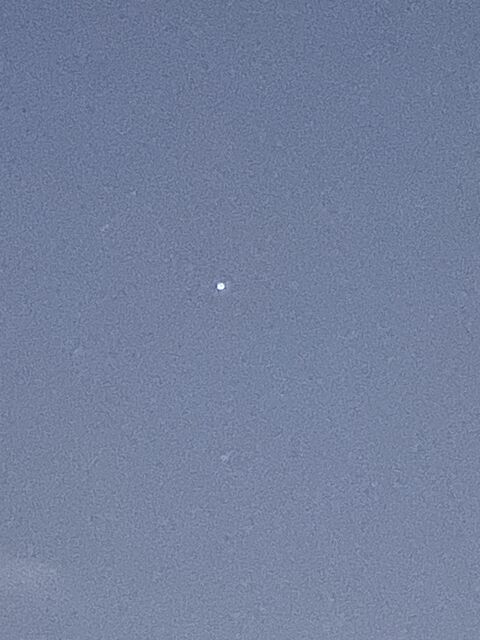 Comet… not quite fail?
1/31 '23
Comet… not quite fail?
1/31 '23

I didn't think I'd see anything at all from a construction site on the edge of a major urban area, but everything lined up in Stellarium and that is very probably the comet. I guess. I have to say my phone saw it a little better than I did. It is a little green.
For those in darker places, now is certainly the time to go outside and have a look. Shortly after sunset in the northern sky. You still have a few days.


Last might was the only clear night we’ve had recently, too. Tonight it looks as though it will be partly cloudy around 5:00 am.
And anyway I didn’t sleep well last night and it’s the same tonight, so probably I won’t get up early to see if it’s visible.
There’s also a surprising amount of light pollution where we are. It can be pitch black on the ground around the house, but Burlington is just to the north of us, and the sky in that direction glows.